
Contributed by Rachel Farber / What is a queer perspective? How does queerness meet form? Students at the Yale School of Art, Loren Britton and Res, began asking these questions after seeing the student-run exhibition ” Video Mixer,” curated by Allyn Hughes & Jody Joyner, in 2015. Their conversation precipitated “Queering Space,” a sprawling group show that explores queer, on view at Yale through October 28. A team of nine curators shaped the discourse and selected work that considers the multiplicity, complexity and the individuality of what queer is.
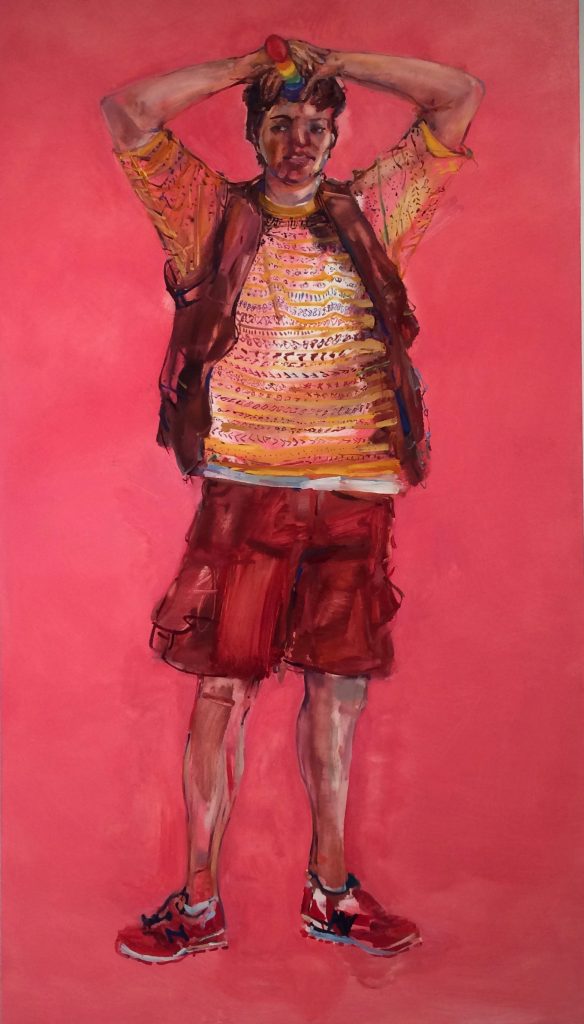
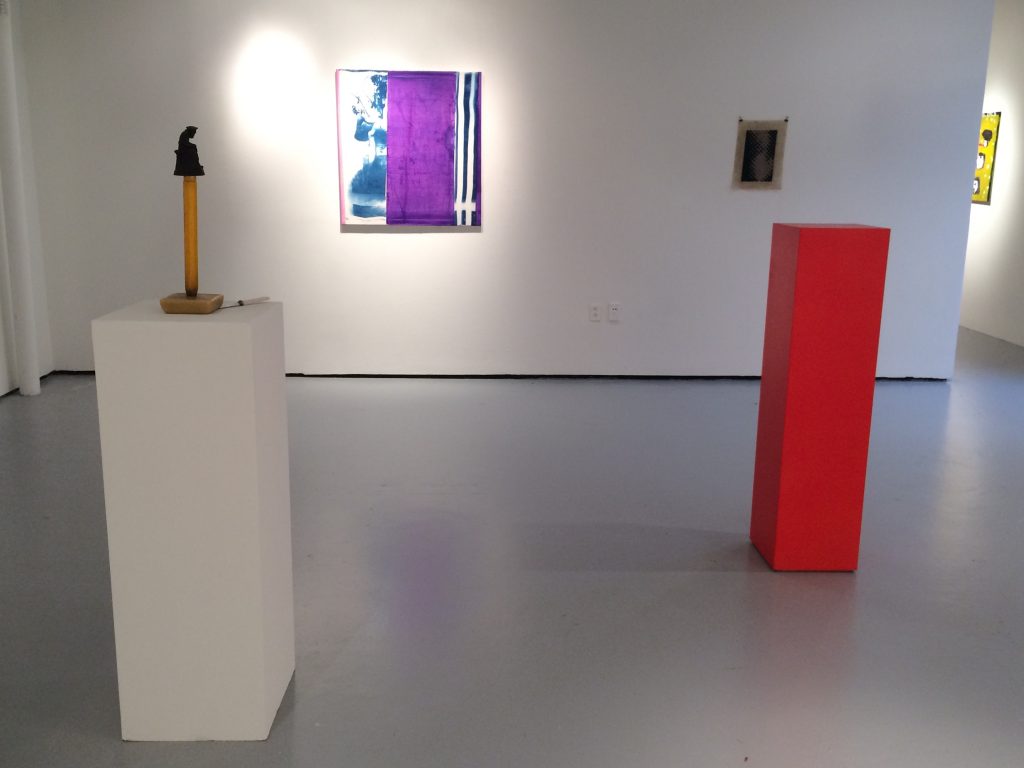
�I think that the need for a show organized around identity felt important for me�to think about how queerness could be stretched and about what the identity actually means,� Britton said. �The ways in which queerness is talked about at Yale can be tied to identity in a way that can be limiting, and I wanted to use this exhibition to open up that conversation, and see how this term can be stretched.�

The intention to examine queer is expansive, and as more voices join the conversation the notion becomes even more complex, but the methodology of queer recognizes this muddiness as clarity. The word �queer,� which was originally used as a slur about LGBT sexuality, has been reclaimed and has evolved into a word of pride and community. But the idea of queer is not isolated in the area of sexuality. It can be a term of resistance against the mainstream, against the man, and against harmful, repressive systems. Everyone who identifies as queer has their own understanding of what it means, but because the word is so expansive and resistant, denying someone else�s definition is inappropriate. Trying to tie down the meaning of queer is like trying to tie down a formless entity, an entity everyone imagines differently.
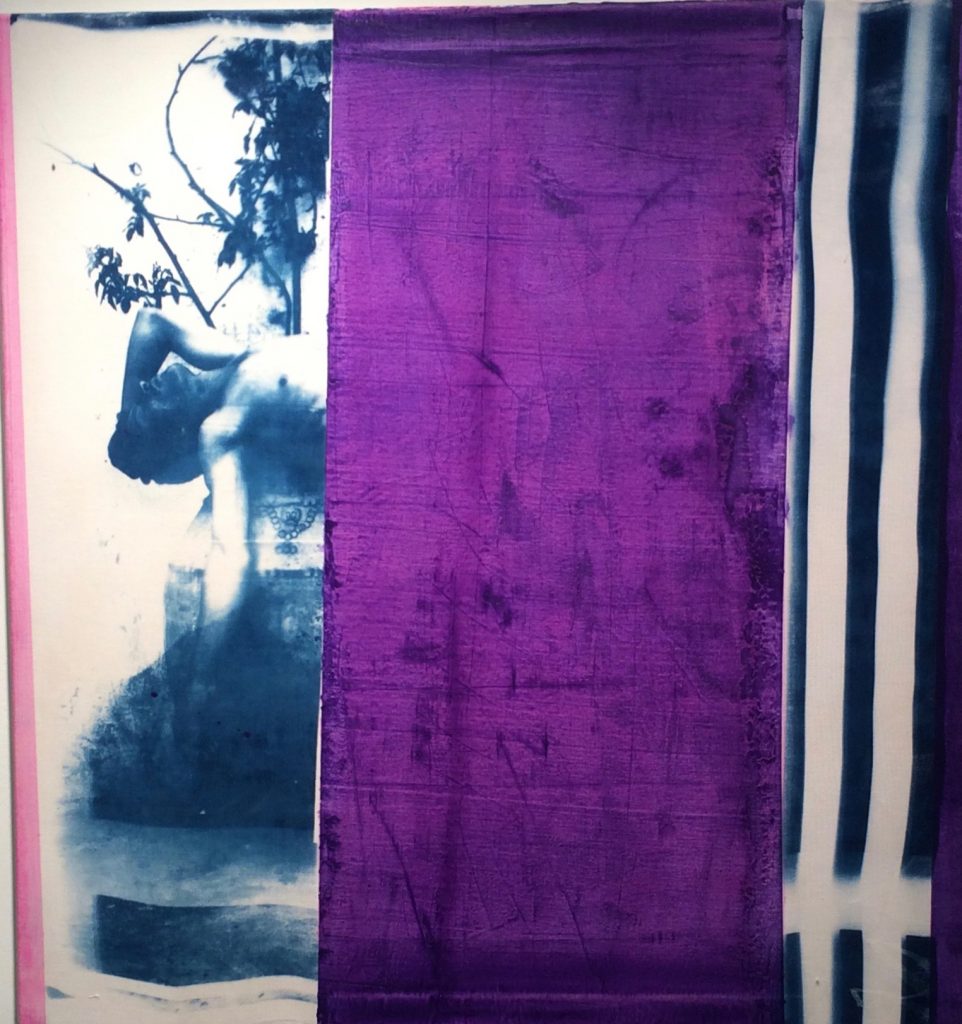
�Every single person here is going to have a different answer, because it�s unique to their experience,� Res said. �We�re trying to define the term �queer.� Of course, queer isn�t a term. I mean it�s a term and it�s everything else� We really wanted to bring in as many voices and as many experiences as possible. Even in the selection of the curating committee.�
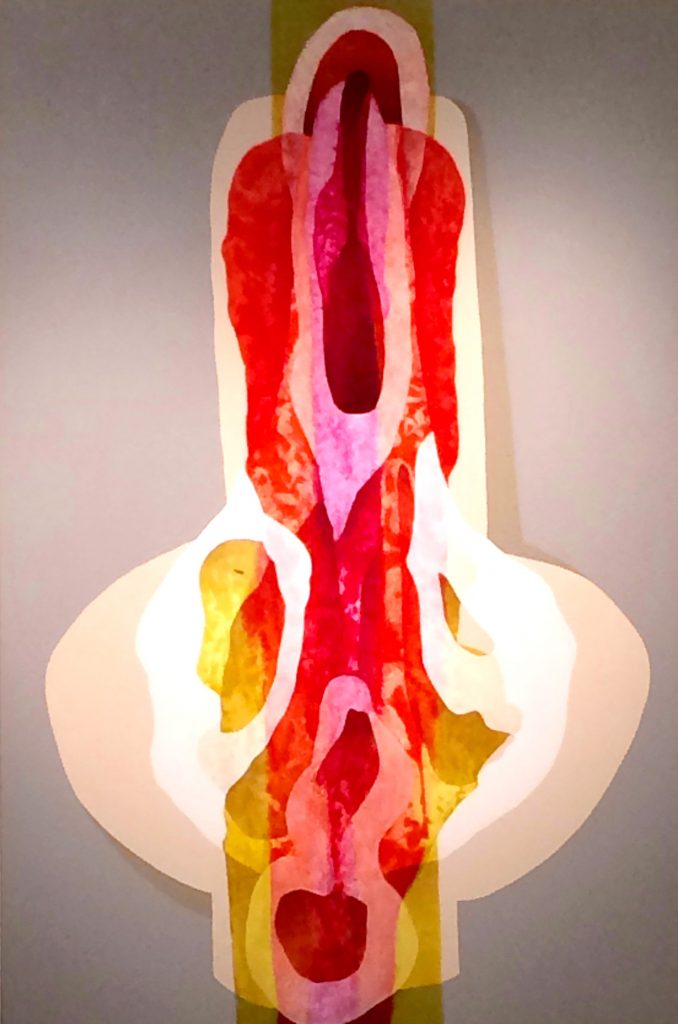
The curatorial team, which started as a team of two � Britton and Res � grew into a team of nine: eight grad students at the Yale School of Art and Buzz Slutzky, an artist from the NYC queer community. Instead of having a conversation between the two of them, Britton and Res opened the process up to include fellow artists, all working in different mediums, who would each bring their own understanding, history, and definition of queer.
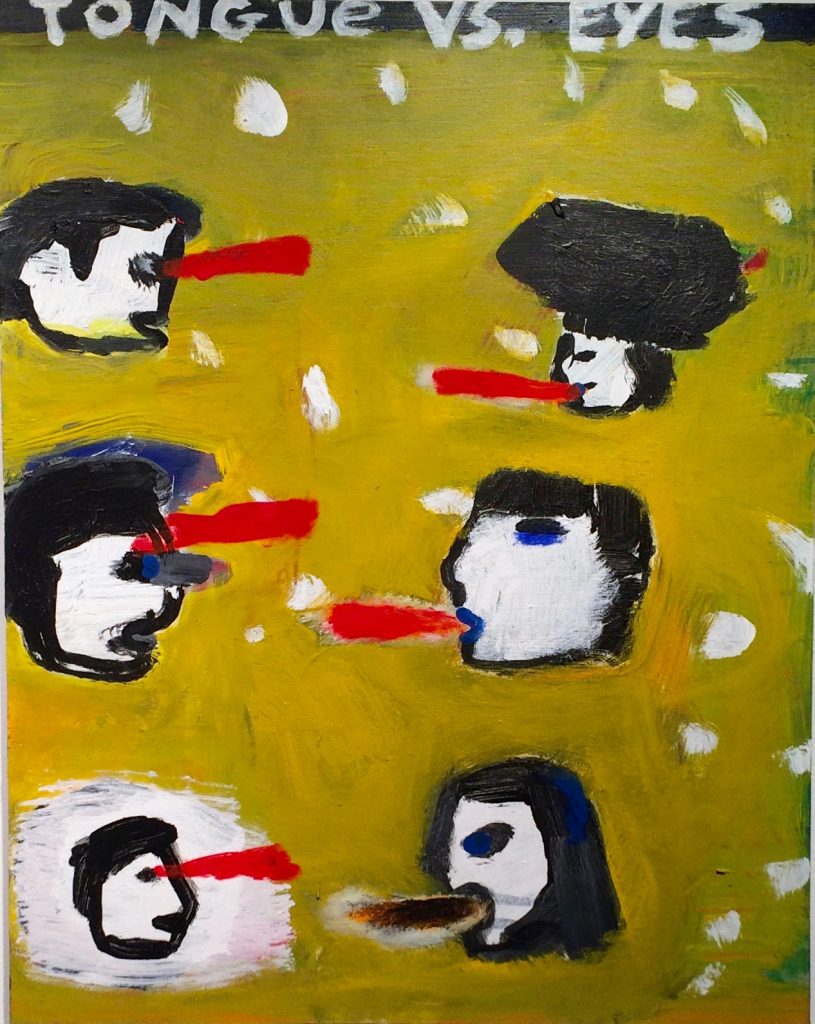
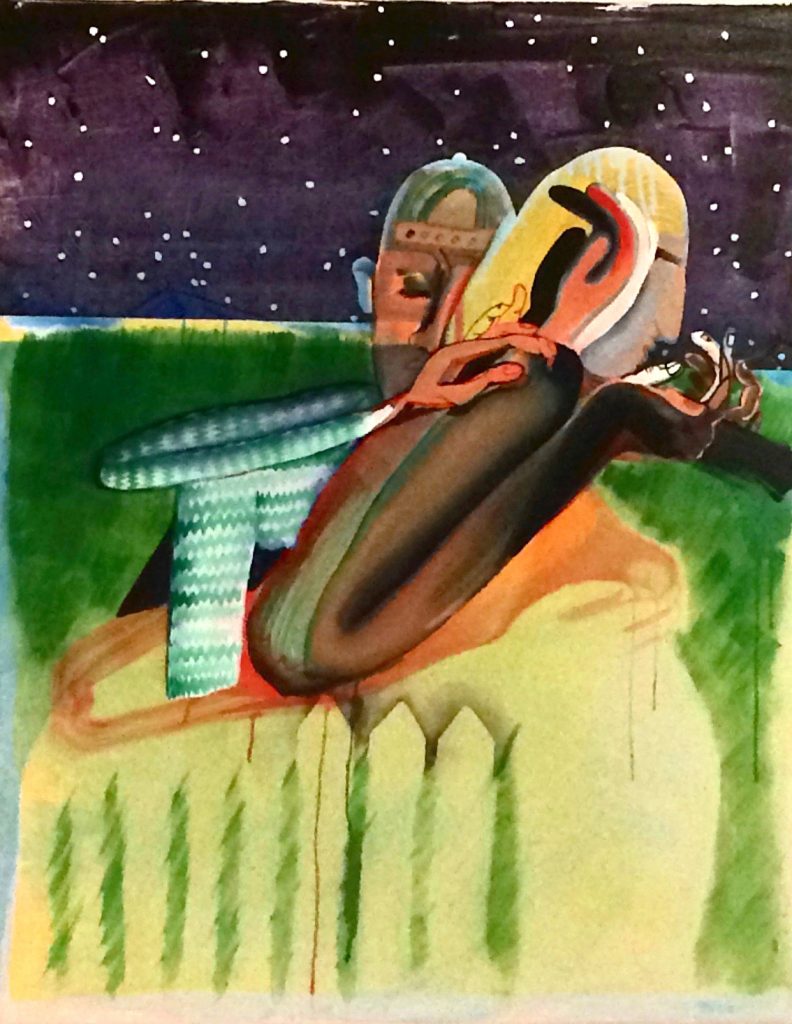
�My version of queer is different than Res�s and Loren�s, Shikeith�s� that�s sort of the whole point,� Christie Denizio said.
In addition to Britton and Res the curators are Shikeith Cathey, Christie Denizio, Erik Freer, Johnathan Robert Payne, Asad Pervaiz, Buzz Slutzky and Erica Wessmann. They spent many hours talking through definitions of queer in order to develop the submission guidelines for an open call. The process was somewhat queer in itself, as they tried to answer unanswerable questions, and attempted to define the undefinable.
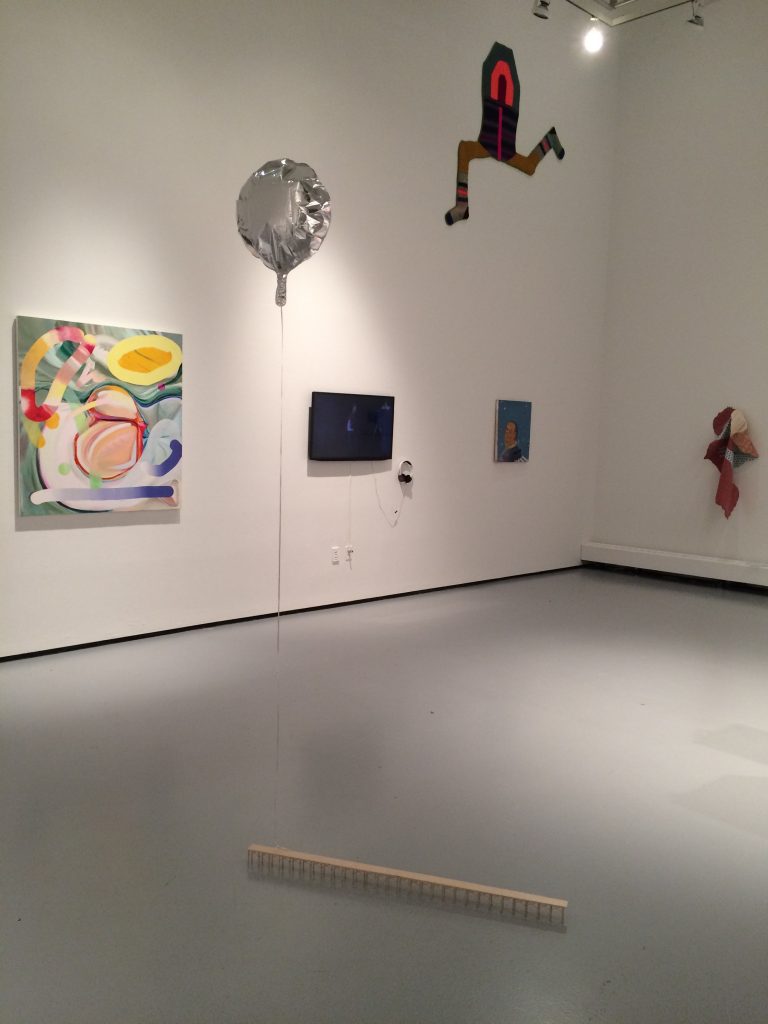
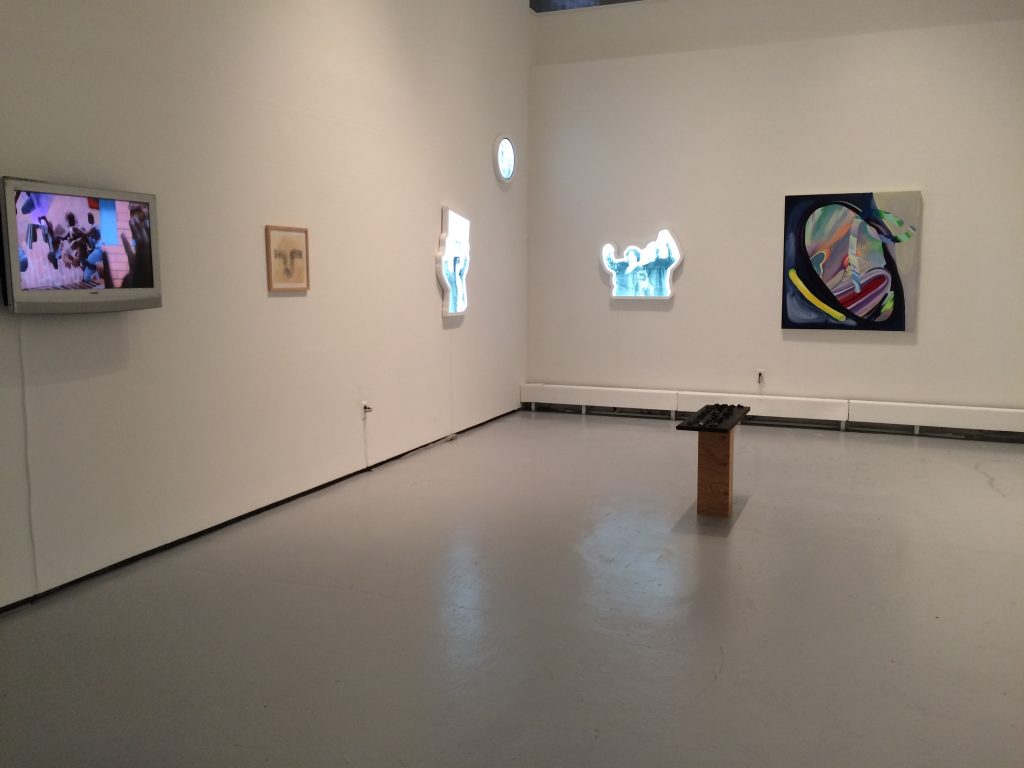
�Through the process we realized that we wanted to resist fixing it as a category� which is a really beautiful framework to think about queerness,� Britton said.
The varied understanding and disagreements of what queer is revealed that queer isn�t easily defined, thus the open call had to be broad enough that anything could be submitted, so long as it included a written explanation as to why the artist thought the work was queer. The team selected 54 artists from across the country and Canada, including several currently affiliated with Yale � both in graduate and undergraduate programs � alumni, faculty as well as artists outside of the Yale community.
�What we�ve done is to bring together a community and expand a discussion that stretches beyond the bounds of Yale. We didn�t want it to be a conversation limited to Yale MFA students,� Britton said.
What is queer when it hangs on the walls of an institution like Yale? While recognizing that they had the privilege of Yale�s support, the curators needed to approach the question from different perspectives. The frame of the building, the white walls of the gallery, did not order and organize the artists� message. They are not contained, but they don�t act as infiltrators either. The larger message is that queer is present, it demands to be seen, and it deserves recognition alongside the work that has been shown over the years on these walls. The exhibition pays homage to queer artists who, although unrecognized as queer, had a significant impact on the history of art. What�s more is that with the support of the Yale School of Art, the university has attached their name to the word �QUEER� in large banners that line Chapel Street where Green Hall Gallery resides.
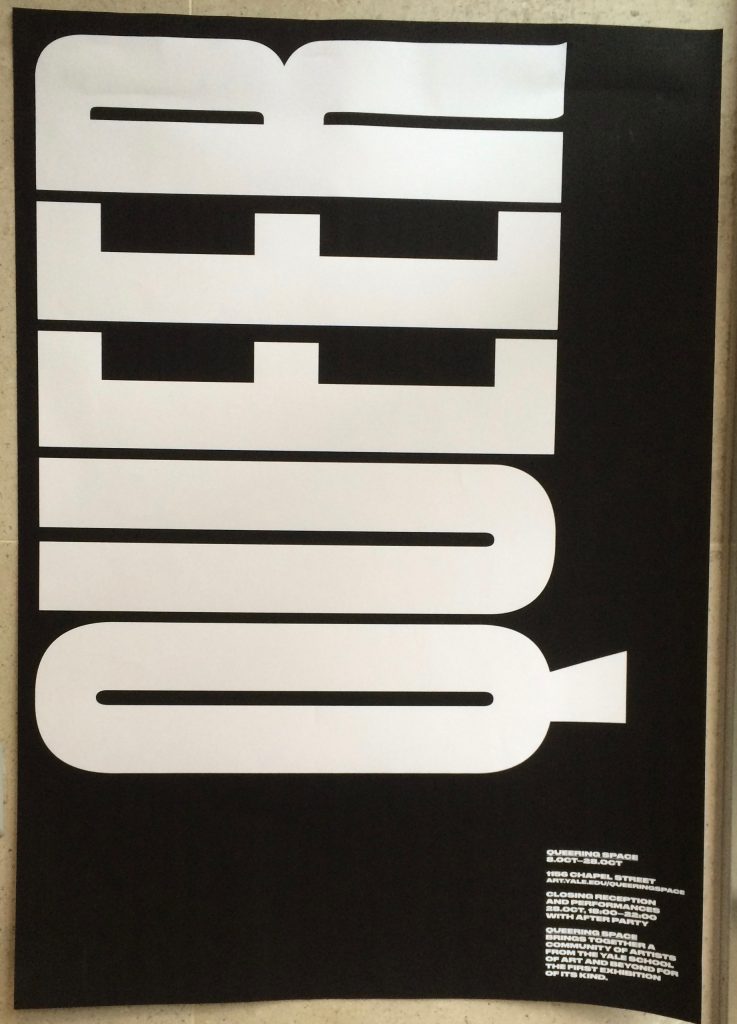
The exhibition space comprises three levels, each floor showing all media, including painting, drawing, sculpture, video and sound, and, on October 28 during the closing reception, performance. The floors aren�t divided by theme or medium, and in this way, each piece can be in spontaneous, improvisational conversation with the others. What does it mean to have a bench-shaped sculpture covered neatly in a chopped up plastic dildo across from a video installation of women working? What about a painting of Gertrude Stein wearing an astronaut suit across from a video of a person covering their face in butter? The more these works talk with each other, the more expansive our understanding of queer becomes.
It was all new to me to see how they put things together from people who didn�t have the same framework or knowledge,� Shikeith Cathey said. �It was a learning experience�different texts, different artists, different ways of seeing things. There was a sense of community that I probably wouldn�t have experienced somewhere else. It was a really beautiful thing.�
�Queering Space,� curated by Loren Britton, Shikeith Cathey, Christie DeNizio, Erik Freer, Johnathan Robert Payne, Asad Pervaiz, Res, Buzz Slutzky & Erica Wessmann. Green Hall Gallery, Yale University, New Haven, CT. On View Monday – Friday 12-6pm until the Closing Reception, October 28, 2016 at 6-10PM pm with performances by Luke George, Jeremy O. Harris, Hannah Hiaasen and LACTIC.
Artists include Davion Alston, Camille Atley, Anna Betbeze, Katherine Bradford, Anna Campbell, Geoff Chadsey, Caroline Chandler, Jonathan Lyndon Chase, Kyle Coniglio, Sara Coffin, Anna Craycroft, Leah DeVun, Angela Dufresne, Zackary Drucker/Rhys Ernst, Torkwase Dyson, Avram Finkelstein, Daphne Fitzpatrick, Benjamin Fredrickson, Pilar Gallego, Camilo Godoy, Jenn Dorn Heard, Cas Holman, Rin(don) Johnson, Ely Kim, Savannah Knoop, Doron Langberg, Brett Lindell/David Meanix, Aaron McIntosh, Troy Michie, Madison Minax, Lucas Libera Moore, Devin Morris, Carrie Moyer, Rashaad Newsome, Joel Parsons, Sheila Pepe, Elle Perez, Isaac Pool, Jessica Posner, Christina Quarles, Bryson Rand, Kale Roberts, Guadalupe Rosales , Ilana Savdie, Kevin Seaman, Marcela Torres, Erik Lamar Wallace II, Zoe Walsh, Ye Wang, D’Angelo Williams, Lachell Workman, Jade Yumang, Molly Zuckerman-Hartung
About the author: Rachel Farber is a graduate of Smith College and earned a certificate at the Institute for Curatorial Practice at Hampshire College.
Related posts:
Caroline Wells Chandler and the in-between
These threads are queer
Sarah Faux : Report from Yale

















An interesting article though fairly specific idea of queer within a collage aesthetic. Art AIDS America at the Bronx Museum and later in Chicago uses the epidemic as a lens for a broader look at queerness from the collaged but also to photography and narrative painting
( Steers, Webb (me), Woodruff etc).